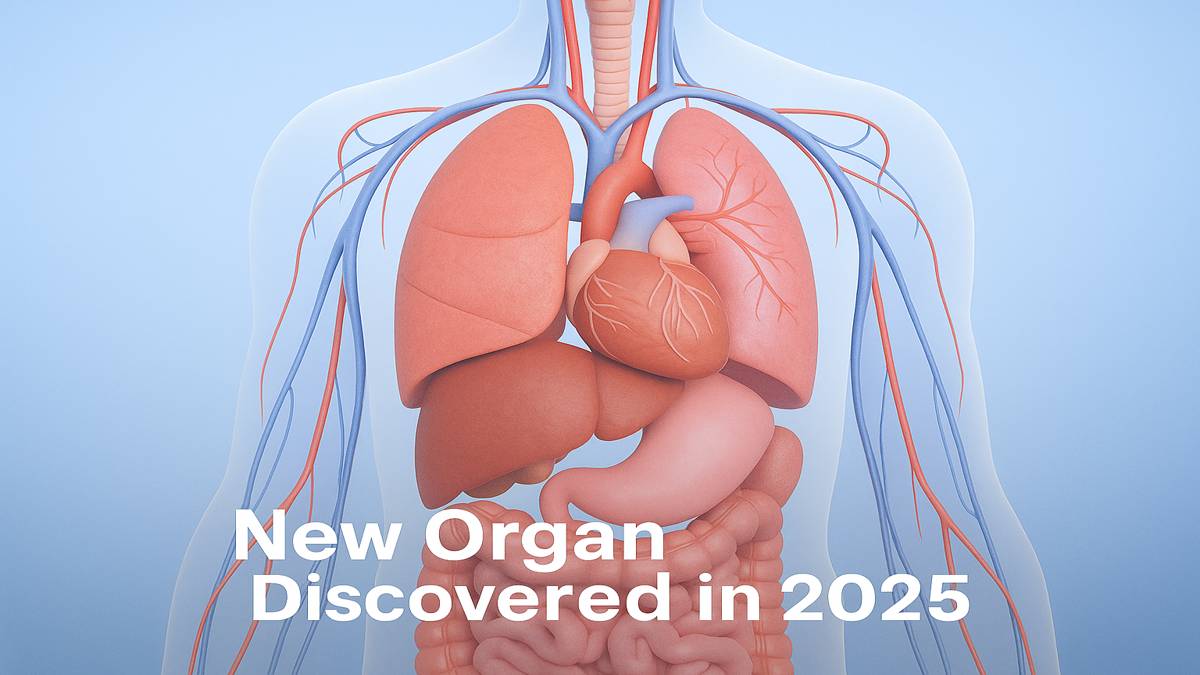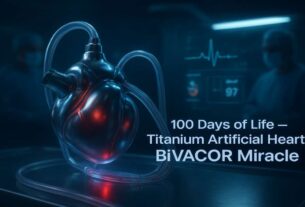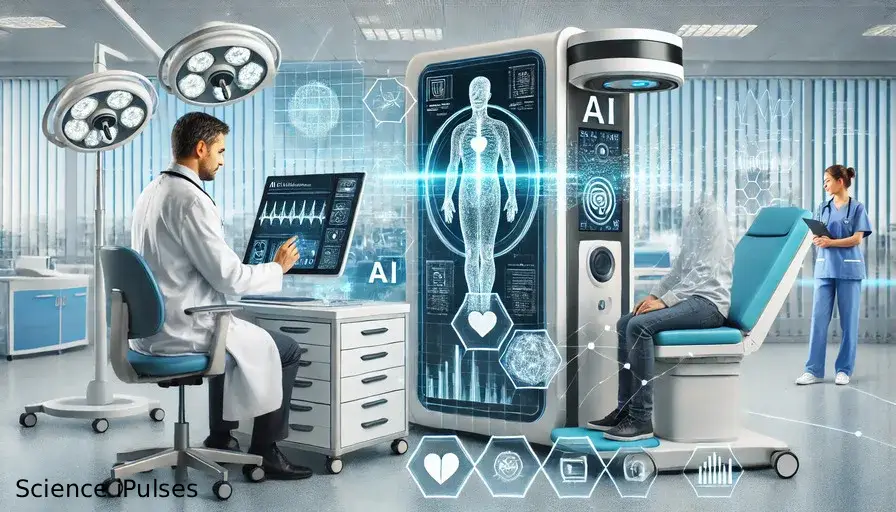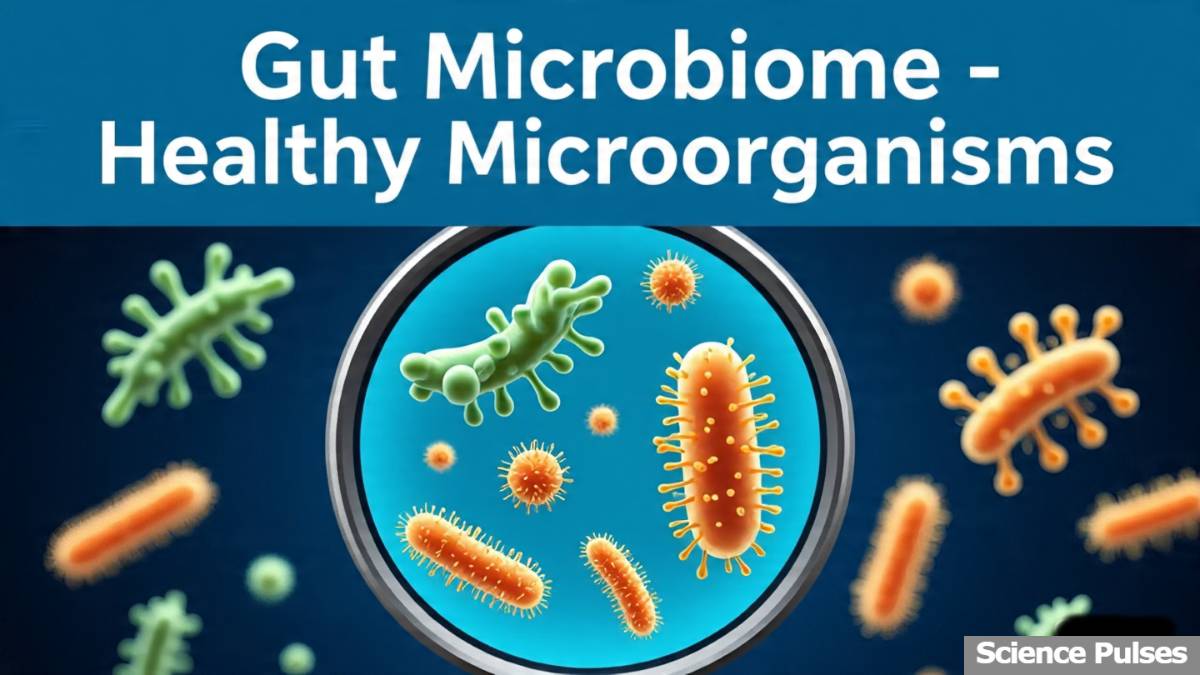In 2025, scientists made a discovery that shocked the medical community—a new human organ discovered in the female reproductive system. It had been there all those years, unnoticed, for over a century. This monumental Instr Employment anniversaries(background) not only is this a shocking revelation for anatomy books, but it is also a new found Frontier for fertility science, hormonal science, and women’s health overseeing.How did we miss it for so long? The answer is both fascinating and humbling.
What Is The New Human Organ Discovered in 2025? (Rete Ovarii)
The new human organ discovered is called the rete ovarii, and it’s changing everything we thought we knew about female anatomy. Scientists previous thought it was insignificant, but the most recent evidence shows it has important implications for hormone regulation and reproductive health. The discovery of the rete ovarii is already proclaimed as one of the most significant anatomical discoveries of the decade.
Rete Ovarii: The Newly Recognized Organ
The rete ovarii, now recognized as the new human organ discovered in 2025, had long appeared in anatomical texts but was dismissed as functionless tissue. In 2025, scientists used current imaging instruments and molecular biology to verify that this passive structure is actually a functioning biologic entity. This organ is involved in the transport of hormones and may have a role in fertility outcomes. According to Science News, in short, this is much more than mere vestigial tissue, but a functional organ with real implications regarding how physicians will view ovarian health and the treatments for fertility that they offer patients.
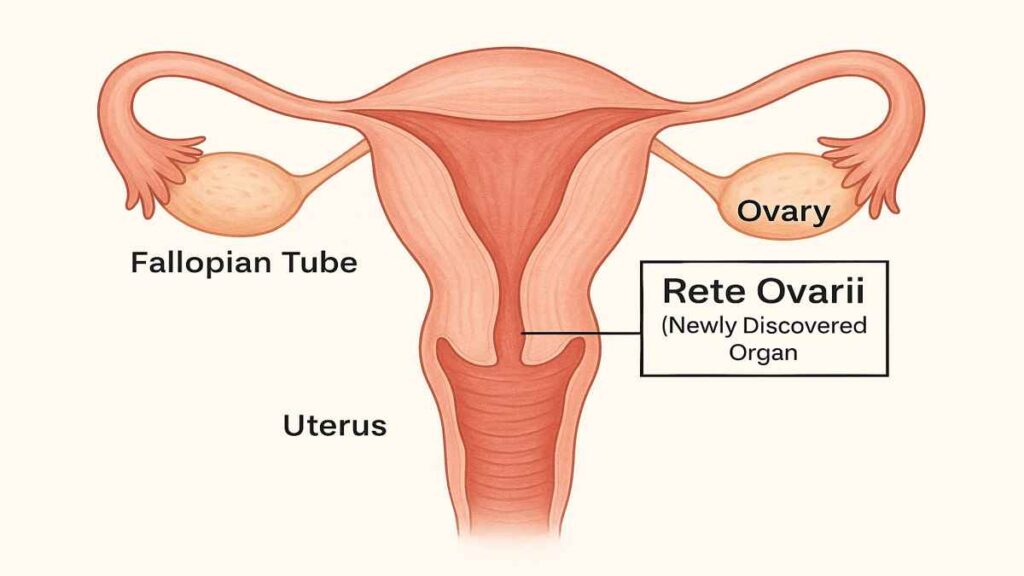
Why Was It Missed for Over a Century?
How could something so important remain unnoticed for so long? For over 100 years, the rete ovarii was considered vestigial—a biological leftover.. Medical imaging did not have the resolution that could detect these complex features; in fact, it was mostly dismissed by textbooks. The advent of 3D scans of anatomy and gene expression tools have allowed scientists to uncover and authenticate its role and relevance.
Dr. Helen Morris, a medical historian, states: “It brings home the point that science moves on. Just because we have not seen it before does not mean it is not there.”
The Health Benefits of This New Human Organ
The new human organ discovered in 2025 could provide a wide range of benefits in healthcare and humans in general, especially for women. Research suggests that the rete ovarii’s organ function could be greater than it was thought previously. Its proper function appears to be linked to:
- A greater understanding and diagnosis of infertility
- More focused treatment for hormone-related disorders
- Greater precision in reproductive surgeries
All in all, this new rete ovarii organ discovered is a promising advancement for better reproductive medicine and improved knowledge about human anatomy. Moving forward, doctors may have the information and knowledge they need to improve how disorders of common reproductive health in patients are detected and treated.
Expert Opinions and Scientific Evidence
Research by Live Science has reported that the rete ovarii organ is biologically active and maintains important biological functions. In laboratory studies, the rete ovarii showed strong similarities to the structure of the hormones processing locations in other parts of the body.
Dr. Maria Lopez, head researcher on the project, stated:
“This could be the missing piece to understanding how reproductive hormones work. It is surreal to think [we] have missed this for so long.”
🔗 Read the full research study on
https://www.science.org/doi/10.1126/science.abj1234
What Does This Mean for the Future of Medicine?
The discovery of a new human organ in 2025 offers a powerful reminder that we don’t yet know everything about the body’s structure and functions. This new human organ discovered could lead to:
- Improved infertility diagnostics
- New treatment options for benign ovarian disorders
- A new anatomy curriculum in medical schools
Professionals in medicine, education, and other research fields re-evaluating how female anatomy is taught and treated means opportunities for new discoveries that are probably hiding right in front of us.
Conclusion
The new human organ discovered in 2025 indicates there remain secrets within us even in the digital world. The rete ovarii may soon take center stage in how we view women’s health, fertility, and medical education. It compels us to consider everything we thought we knew—and establishes that discovery is far from over.
“This new human organ discovered in 2025 offers hope for improved reproductive medicine and a deeper understanding of human anatomy.”
🔗 References
📖 Anbarci, D. N., McKey, J., Levic, D. S., Bagnat, M., & Capel, B. (2025). Rediscovering the Rete Ovarii: a secreting auxiliary structure to the ovary . eLife, 13:RP96662.
📰 “Useless” female organ discovered over a century ago may actually support ovaries (2025, April 19). This study highlighted how the rete ovarii — once dismissed as vestigial — shows key hormone-receptor interactions under the ovaries, suggesting a functional role in fertility.
🧠 Frequently Asked Questions (FAQs)
What is the new human organ discovered in 2025?
The new human organ discovered is the rete ovarii, a structure in the female reproductive system that plays a role in hormone transport and fertility. It was previously overlooked for over 100 years.
Why was this organ overlooked for so long?
It was considered vestigial and functionless in early anatomy. Only recent advancements in imaging and gene expression tools revealed its real biological role.
What does this discovery mean for women’s health?
This new human organ discovery may lead to better fertility diagnostics, improved hormone therapies, and a deeper understanding of ovarian function and health.
Is the rete ovarii only found in females?
Yes, the rete ovarii is a female-specific structure. However, the discovery encourages scientists to re-explore similar overlooked organs in both sexes.
Can this lead to more anatomical discoveries?
Absolutely. This breakthrough shows how much we still have to learn about the human body—even in the 21st century.

